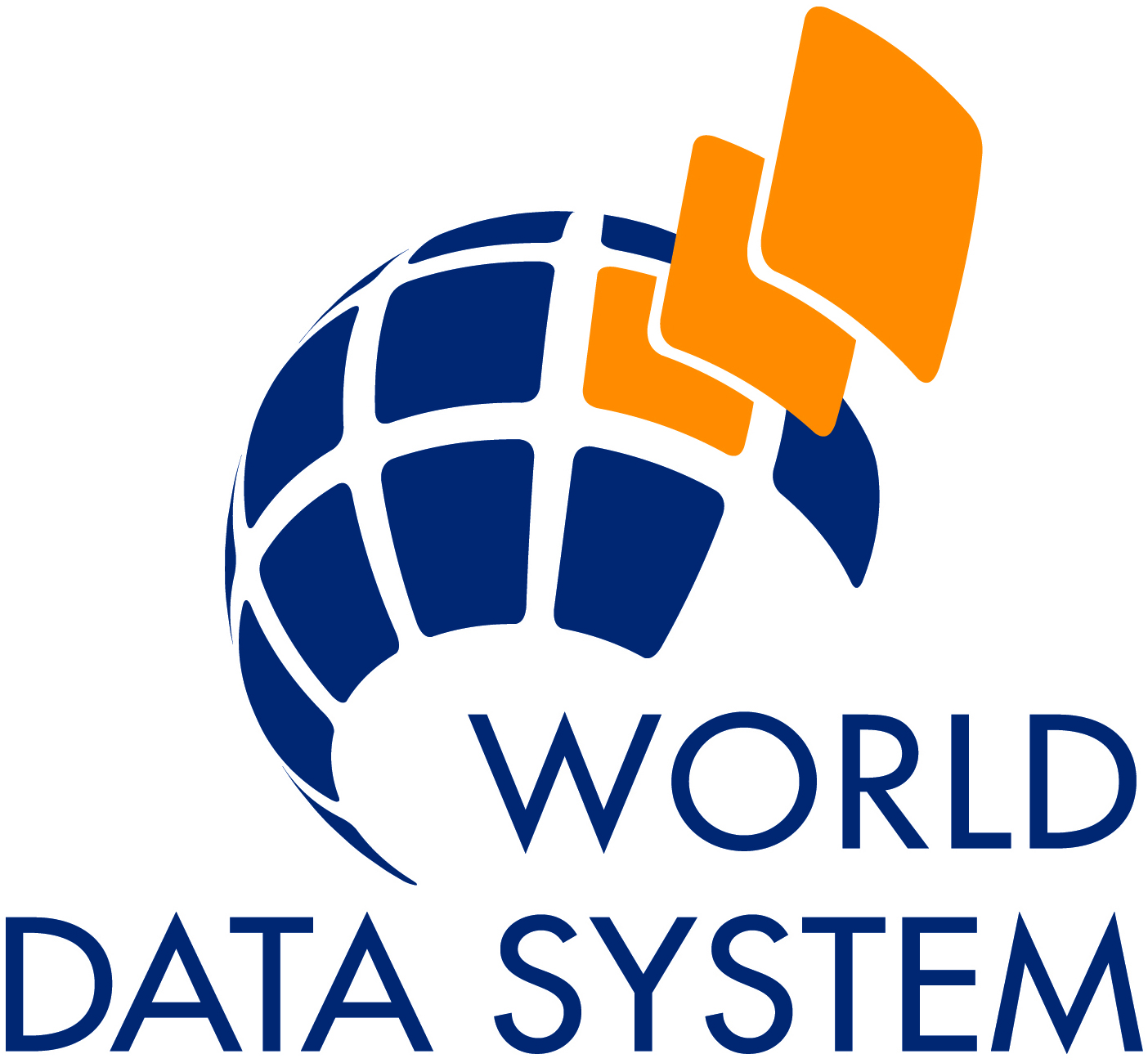Author-submitted data information
| ID | 409 |
| Title | Teleseismic waveform data from China-Myanmar Geophysical Survey in the Myanmar Orogen (CMGSMO) project and geodynamic modelling outputs |
| Creator | Shun Yang |
| Subject | Teleseismic waveform data and geodynamic modelling outputs |
| Publisher | Xiukuan Zhao |
| Description | To constrain the upper-mantle velocity structure beneath the Myanmar region, we deployed dense seismic arrays with the support of “China-Myanmar Geophysical Survey in the Myanmar Orogen (CMGSMO)” project. The CMGSMO arrays are operated from June 2016 to February 2018 (CMGSMO I) and from November 2018 to August 2020 (CMGSMO II), separately. The CMGSMO I contains 71 temporary seismic stations covering central Myanmar from the west to the east (21.6°N - 23.9°N and 93.1°E - 97.3°E). The array consists of a dense linear sub-array and a 2-D backbone network. The east-west trending linear sub-array is 400 km long and traverses the main tectonic units from the west of Rezua, the Myanmar-India border in the India-Burma Range through the Central Lowland and the Sagaing Fault to Hsipaw, Shan Plateau, Myanmar. A total of 38 stations with spacings of 10-15 km were deployed. The backbone network consists of 33 stations with spacings of 30-50 km covering the 250 km × 320 km region of the India-Burma Range and Central Lowland. The 2-D backbone network and 13 stations in the east-west trending linear sub-array are equipped with Nanometrics Trillium 120PA Broadband sensors with bandwidths from 50 Hz to 120 s, while the other stations in the linear sub-array are equipped with Guralp CMG-3ESP Broadband sensors with bandwidths from 50 Hz to 30/60 s. All stations are equipped with REF TEK 130 digital data recorders. The CMGSMO II includes 14 temporary seismic stations (20.2°N - 21.9°N and 96.2°E - 98.9°E) in the Shan Plateau with station spacings of 50 -70 km. One of these stations is equipped with Nanometrics Trillium 120 Posthole Broadband sensor with bandwidths from 150 Hz to 120 s and Nanometrics Centaur digital seismographs, while others are equipped with Nanometrics Trillium 120PA Broadband sensors with bandwidths from 50 Hz to 120 s and Nanometrics Taurus digital seismographs. Earthquakes with magnitudes larger than 5.5 and epicentral distances of 30° - 90° were selected for phase picking. P-wave arrivals were picked from vertical component seismograms within frequency ranges of 0.1–0.5 Hz and 0.5–2.0 Hz. The waveforms for P-wave finite-frequency tomography are stored in tomography_data.zip as: ./tomography_data/Waveforms_Data/P.YYYY.DDD.HH.MM.SS/network.P.station.?.1 The waveforms named as network.P.station.h.1 and network.P.station.m.1 have bandpass filters of 0.5-2.0 Hz and 0.1-0.5 Hz, respectively. (e.g., ./tomography_data/Waveforms_Data /P.2016.159.19.15.15/M1.P.M32.h.1). To further evaluate the reliability of the tomographic model, we selected two teleseismic events with similar azimuthal angles of approximately 270° and epicentral distances of 30° and 41° for waveform modelling. Event 2017/08/16 occurred 158 km WNW of Naze, Japan, on August 16, 2017 (2017-08-16, 12:51:25.87, 28.674°, 127.901°, 198.0 km, Mw 5.7), and event 2017/09/07 was located 250 km WNW of Chichi-shima, Japan, and occurred on September 7, 2017 (2017-09-07, 17:26:49.32, 27.783°, 139.804°, 451.0 km, 6.1 Mw). The raw vertical component waveforms recorded at a dense linear sub-array from CMGSMO I are filtered between 0.008 and 0.8 Hz. The observations for waveform modelling are stored in waveform_modelling_data.zip as: ./waveform_modelling_data/YYYY_DDD_HH_MM_SS/station.z.sac (e.g., ./waveform_modelling_data/2017_228_12_51_25/M00.z.sac). In addition, to examine the feasibility of the preservation of an oceanic slab in the upper mantle for tens of millions of years, we performed 2-D thermo-mechanical modelling of double subduction dynamics. The geodynamic model outputs are stored in geodynamic_model_outputs as: ./geodynamic_model_outputs/block_width_*.zip (e.g., ./geodynamic_model_outputs/block_width_550km.zip). The datum in block_width_550km.zip, block_width_750km.zip and block_width_850km.zip are generated based on numerical modelling of double subduction for a model with a width of ~550 km, ~750 km and ~850 km for the micro-continental block between two subduction zones, respectively. |
| Contributor | Xiaofeng Liang, Mingming Jiang, Lin Chen, Yumei He, Chit Thet Mon, Guangbing Hou, Myo Thant, Kyaing Sein, Bo Wan |
| Date | Jun. 2016 - Feb. 2018, Mar. 2019 - Aug. 2020 |
| Type | The teleseismic vertical-component waveforms are stored with a sampling rate of 20 Hz. The waveforms used for P-wave finite-frequency tomography are cut with 140 s and 110 s time windows for the waveforms within the frequency ranges of 0.1-0.5 Hz and 0.5-2.0 Hz respectively. The time windows start 80 s before the theoretical P arrival time predicted by the reference model IASP91. The waveforms are used for waveform modelling with a length of 10 s (2 s before to 8 s after theoretical P arrival time). The theoretical arrival time is calculated by the reference model PREM and modified by crustal and ellipticity corrections. The datum in geodynamic model outputs shows the different statuses of the double subduction system at different times. |
| Format | The teleseismic vertical-component waveforms are stored in SAC format. These standard SAC formats can be read using Sac, Obspy, Matlab and so on. The outputs of geodynamic modelling are in ASCII format and can be read directly using Notepad, UltraEdit, et al. |
| URL | http://www.geophys.ac.cn/ArticleData/20220414TBF_tomography.zip |
| DOI | 10.12197/2022GA010 |
| Source | |
| Language | eng |
| Relation | |
| Coverage | |
| Rights | Institute of Geology and Geophysics, Chinese Academy of Sciences |




